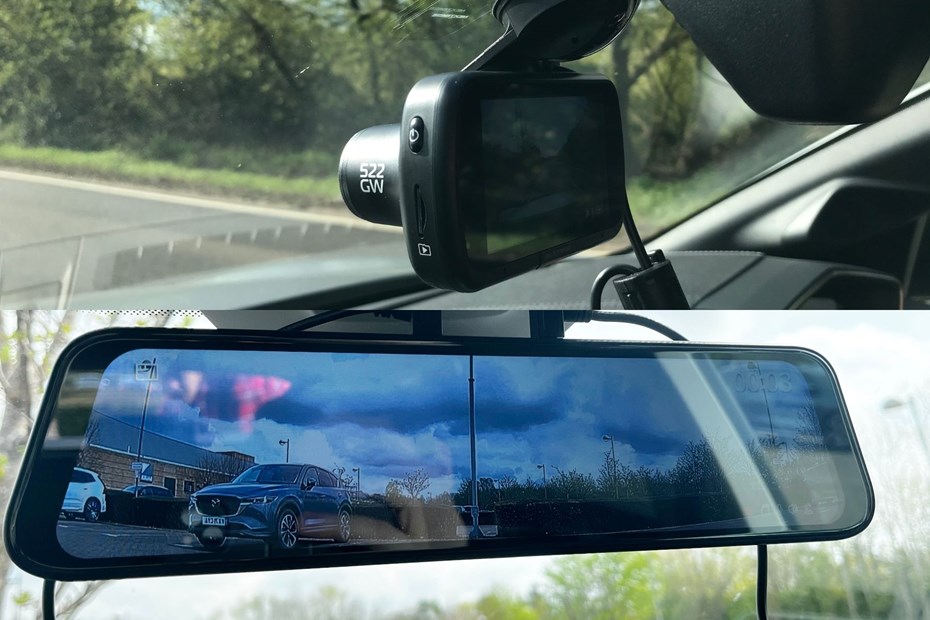If you’re looking for an in-car camera for additional security and peace of mind on the road, you may have encountered many of the best mirror dash cams.
These types of dash cam typically combine a forward facing dash cam, a large display, and a rear-view mirror, into a unit that fits over your car’s existing rear-view mirror. A standalone rear-view camera then provides a rearwards view to the mirror unit’s display, as well as capturing footage and often being used for reversing aid features.
It’s an appealing concept, given that a mirror dash cam potentially gives you a lot of features in one package, but there’s lots to think about when it comes to mirror cams versus dash cams.
Ultimately – if you need a quick answer – because mirror dash cams try to do a lot in one unit, they often don’t work as well or as neatly as conventional dash cams, making them difficult to recommend.
Want to find out more, and to make sure they’re not for you? Read on for our mirror cam vs dash cam guide.
What’s the difference between mirror cams and dash cams?
Dash cams are positioned between the rear-view mirror and the windscreen, and record the road ahead. Some can be paired with rear-facing cameras, allowing you to capture more of what’s going on around you. Dash cams vary in price and specification but not all dash cams are worthwhile, which we discuss in more detail in our brand comparison test. However, regardless of budget, there are enough decent models on offer to give you plenty of choice.
Mirror dash cams clip over the rear-view mirror, with a camera observing the view ahead, and they often utilise a second standalone camera to provide a rearwards view and footage capture. If the display is off, you’ll find many just look like conventional mirrors. These units also typically feature a parking aid mode, thanks to their rear-view camera. Mirror cams are relatively expensive compared to dash cams, due to their packaging, larger displays and increased complexity. You can still hardwire mirror cams into a car, though, like conventional dash cams – which, once set up, allows you to get the best out of the camera and its features.
Check out our full Vantrue M2 mirror cam review
Dash cam pros and cons
Pros: Smaller than mirror cams, can be more subtle, better value, some are compatible with rear-facing cameras, better features.
Cons: Don’t usually come with a rear camera as standard.
Mirror dash cam pros and cons
Pros: Front and rear coverage typically standard, reversing camera features, larger screen can be easier to use, useful for vehicles with zero rear visibility, can be less obvious at a glance.
Cons: Can be bulky, harder to install, usually quite basic, can cost upwards of £100, not a huge array of choice.
Dash cam versus mirror cams: size and installation differences
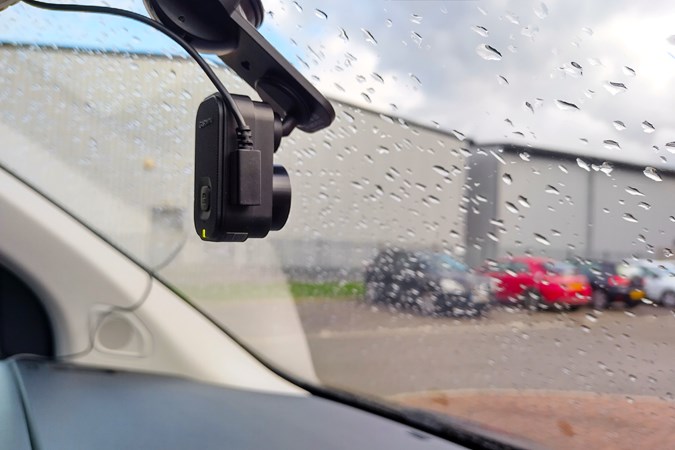
Cameras are increasingly prevalent in cars, with more models featuring the likes of reversing cameras, 360-degree parking cameras, and front- or corner-based camera systems. Some cars, such as the Honda e, also use cameras in place of traditional door mirrors.
Like conventional manufacturer-fitted cameras, the appealing thing about dash cams is that they can be discreet. Garmin’s Mini 2 is the size of a car key, for example, and it’s easy to tuck its wiring out of the way. Once fitted, it’s difficult to notice.
A mirror cam can potentially be more obvious than a compact dash cam, due to their bulky nature. They are bigger than a standard rear-view mirror because they must strap onto it with an overlap large enough for a front-facing camera to see the road ahead, so their width makes them prominent.
This may differ, admittedly, depending on the cameras in question. However, mirror cams are unquestionably more fiddly to install. With a normal dash cam, you attach it to the windscreen via a mount, insert a memory card, plug it in, and away you go. With a mirror dash cam, you do that, frequently using some awkward clip- or strap-based affair, and then you might have to wire up the rear camera to have a proper rearwards view.
Because the camera needs to provide a clear and unobstructed view behind the car, it often has to be externally mounted, usually by the rear number plate. Consequently, the power cord must be threaded behind the boot lid all the way up to main camera at the front, which will involve a fair bit of fiddling.
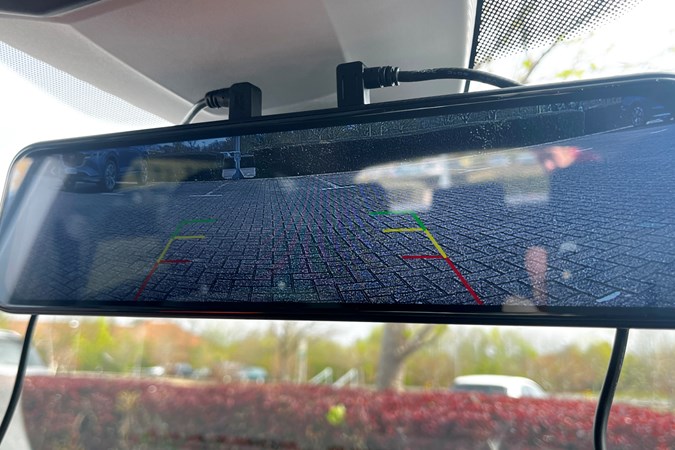
Furthermore, some mirror dash cams include a parking aid feature. If you wish to use it, that involves wiring the rear camera to the car’s reversing light in order to make the camera display automatically switch to its parking aid mode when the car is put into reverse.
A regular dash cam can feature a dual camera setup. However, because they don’t need to double as a rear-view mirror, the rear camera can simply be internally mounted on the rear window. Nextbase go one better and offer a rear camera module that plugs straight into the dash cam with an HDMI connection, making the process even easier.
Dash cams vs. mirror cams: features and tech
You might expect that mirror cameras, because of their design and concept, will pack in more features than conventional dash cameras. However, this isn’t necessarily the case.
True, mirror cams typically have an advantage in the form of a rear-facing camera and maybe a parking aid, but beyond that there’s very little a mirror cam has that a dash cam can’t match. Even budget dash cams have features such as a G sensor and loop recording, ticking the key boxes for most buyers; all told, you don’t have to spend much on a dash cam to get one that exceeds the capabilities of a more expensive mirror camera.
One of the features mirror cams sometimes boast about is GPS tracking, but dash cams offer this, too – and it’s available in models that cost far less than a mirror cam, such as the Navitel R5. Some features that you might really want, such as Wi-Fi and app connectivity, are also hard to find in mirror cams, but common in dash cams.
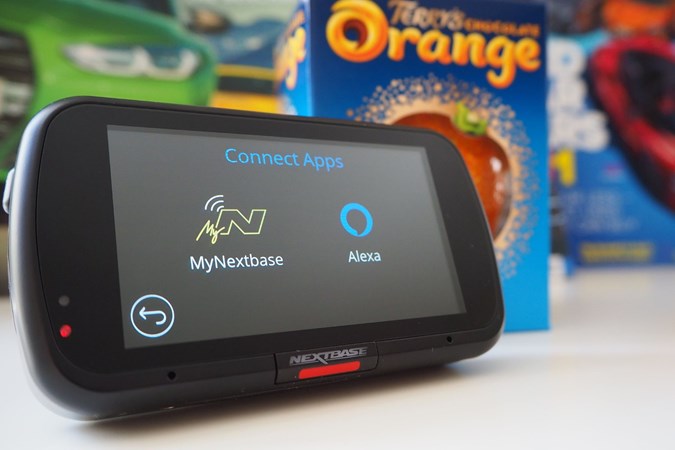
If you’re looking to spend a three-figure sum on a camera for your car, top-end dash cam brands such as Thinkware and Nextbase will offer you an array of impressive safety features in their top models. Technology available in some models includes lane departure warning, speed camera warnings, SOS emergency calls, and even voice-activated Alexa functionality. These features are easily found in normal dash cams, but you’ll struggle to find them in any mirror camera.
This is largely because mainstream dash cam brands don’t produce mirror cams, so mirror cams don’t receive the same degree of attention and development. They are a niche product, and it shows in terms of what’s available.
Mirror cams vs dash cams: video quality and coverage
The minimum requirement for the video quality and field of view of a dash cam is simple: at least Full HD 1080p at 30 frames per second (fps) and 120 degrees. Almost every dash cam and mirror cam meets or exceeds these requirements.
To make their cameras stand out, some brands have developed software that improves the clarity of footage quality further. High and Wide Dynamic Range (HDR and WDR) are common ones to help produce a better picture in challenging lighting conditions. Many dash and mirror cams also use a sensitive Sony STARVIS CMOS image sensor to deliver better footage at night. Like FHD 1080p, these features have become accepted as standard, and aren’t anything to brag about anymore.
However, what you see on some dash cams from mainstream brands, such as BlackVue, Garmin, Nextbase, and Thinkware, for example, are features such as a polarising filter, either included or as a compatible option. These are excellent at reducing glare and reflections, boosting the quality of the recorded footage. These dash cam brands don’t produce mirror cams, so you’re out of luck if you want a mirror cam with such a feature.
Should you buy a mirror cam or a dash cam: the conclusion
You might be tempted by a mirror cam, given their rear-view capabilities, large displays, parking aids, and so on. And, yes, they can be useful in cars with no rear visibility, such as vans.
However, outside of that particular scenario, most mirror cams are easy bested by inexpensive conventional dash cams. You’ll often pay more for a mirror camera with a lower quality and fewer features than a standard dash cam, too.
Consequently, if you’re on the hunt for a car camera, and unless visibility is a problem, make a beeline for a regular dash cam. To make your search even easier, find below a small selection of our top-rated dash cams.
Nextbase 522GW dash cam
Editor’s pick
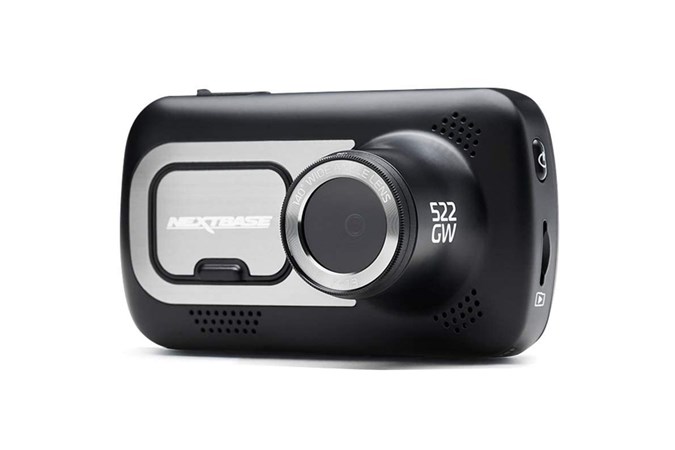
Price: £169 | VIEW OFFER
The Nextbase 522GW is an excellent dash cam that features 1440p video recording, built-in Alexa, Wi-Fi, and GPS. An optional subscription-based SOS service is also available. Yet, despite its quality and array of features, it costs a sensible £169. If you’ve more to spend, though, you could opt for the Nextbase 622GW, which adds 4K recording and what3words location software.
Resolution/frame rate: 1440p/30fps; 1080p/60fps
Field of view: 140°
Screen size: 3-inch touchscreen
Max memory card size: 128GB
Bluetooth: Yes
Wi-Fi: Yes
GPS: Yes
Orskey CameraCore S680 dash cam
Best budget dash cam
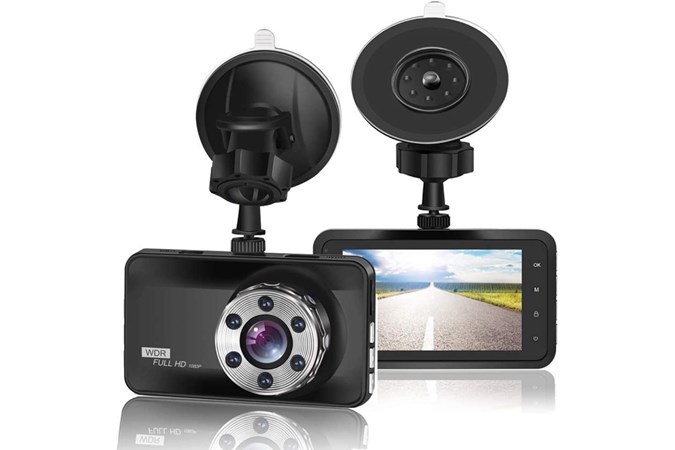
Price: £33.99 | VIEW OFFER
If you just want a dash cam that records the road ahead, and bells and whistles are of little interest to you, take a look at the Orskey S680. It records in Full HD 1080p at 30fps, has a wide 170-degree field of view, and High Dynamic Range software to aid the image clarity, allowing it to produce good footage in a wide array of conditions. We champion this above the other cheap dash cams because we like how uncomplicated and reliable it is.
Resolution/frame rate: 1080p/30fps
Field of view: 170°
Screen size: 3 inches
Max memory card size: 32GB
Bluetooth: No
Wi-Fi: No
GPS: No
Garmin Mini Dash Cam 2
Best mini dash cam
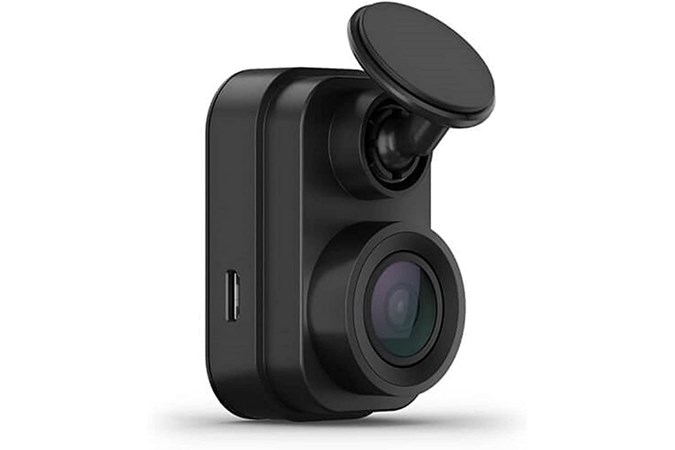
Price: £112.99 | VIEW OFFER
The Garmin Mini 2 is not a feature-packed dash cam, but it is very easy to use and it’s absolutely tiny. Consequently, it’s a great option if you want a straightforward and subtle dash cam for your car.
Resolution/frame rate: 1080p/30fps
Field of view: 140°
Screen size: no screen
Max memory card size: 512GB
Bluetooth: Yes
Wi-Fi: Yes
GPS: No
Sign up to the Parkers Newsletter to keep up to date with more of the latest reviews, news, and recommendations from the Parkers team.
Just so you know, whilst we may receive a commission or other compensation from the links on this page, we never allow this to influence product selections – read why you should trust us.



